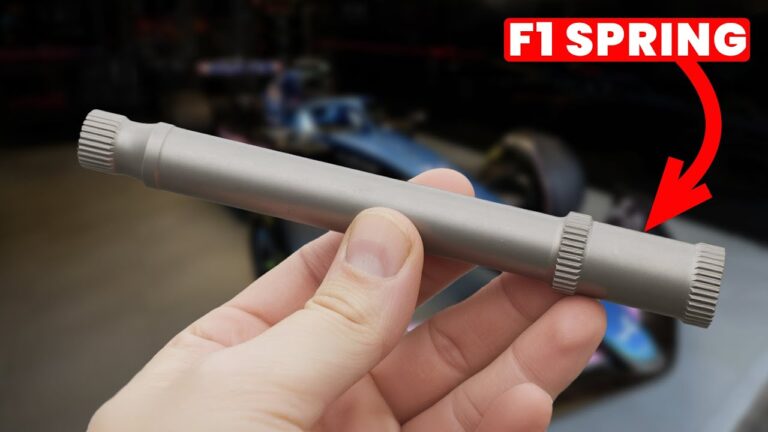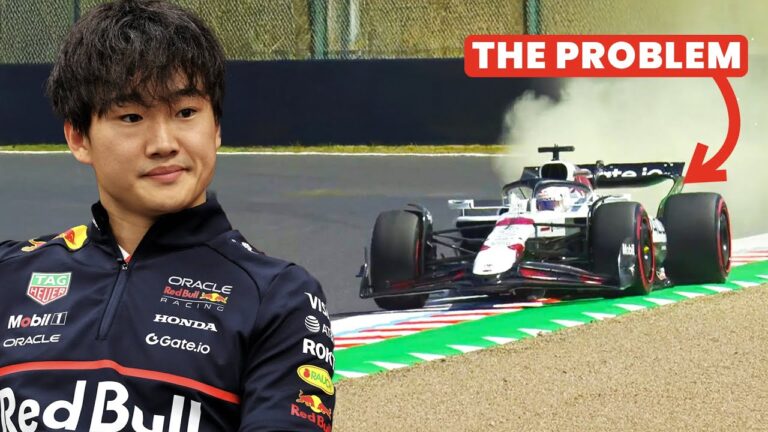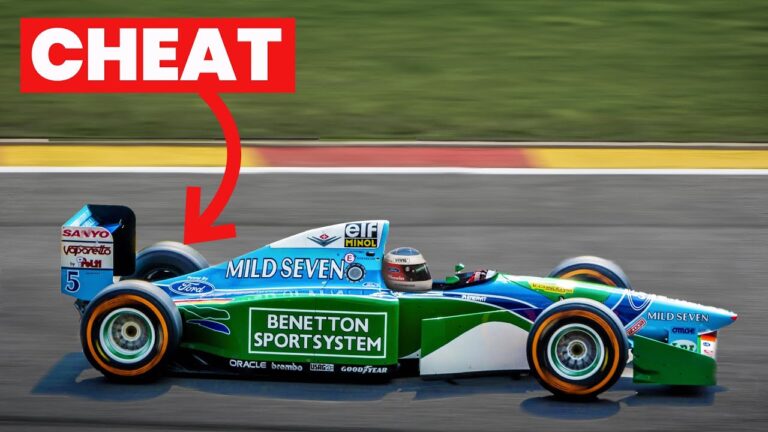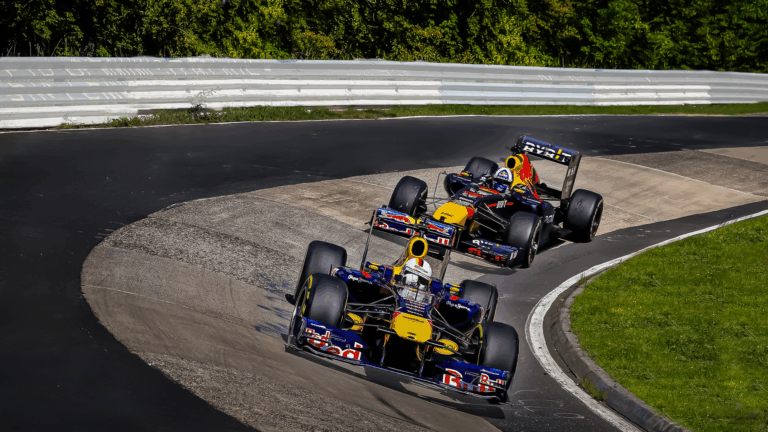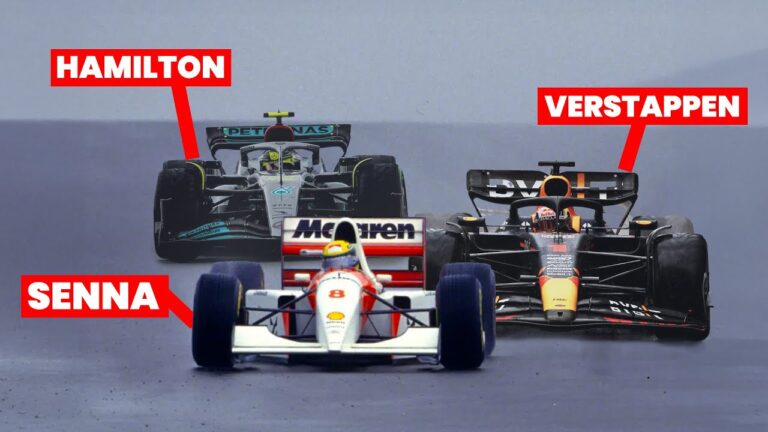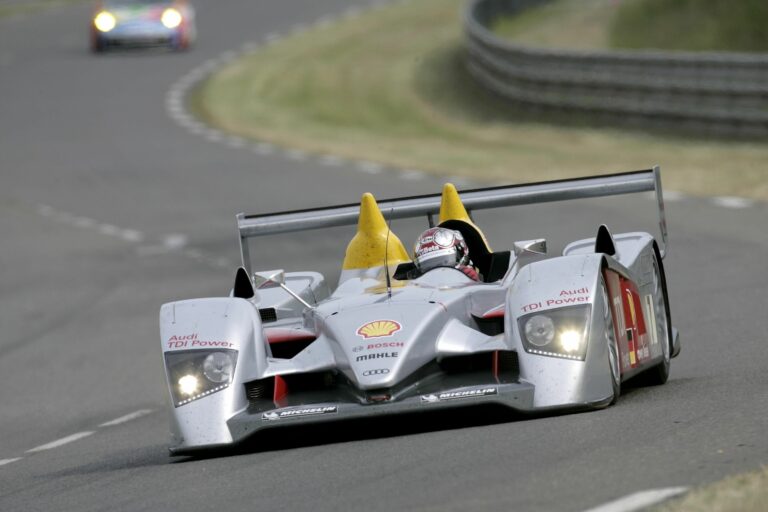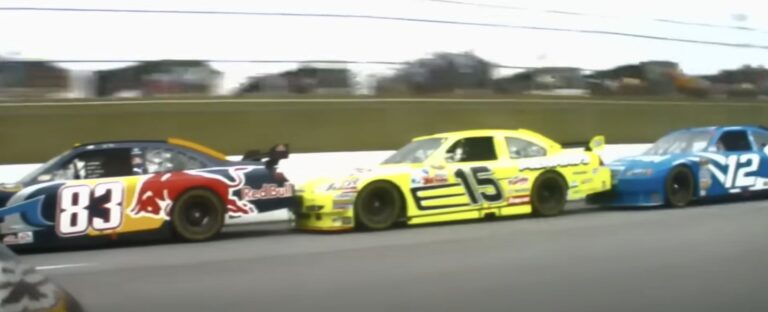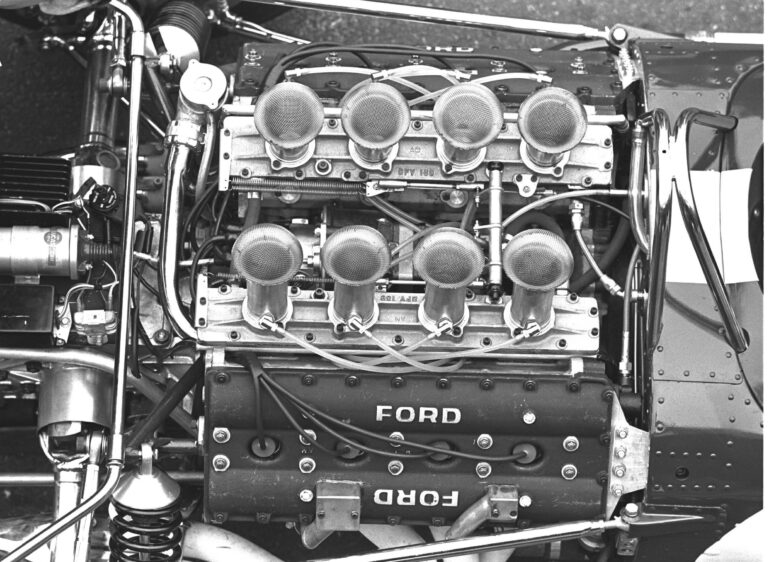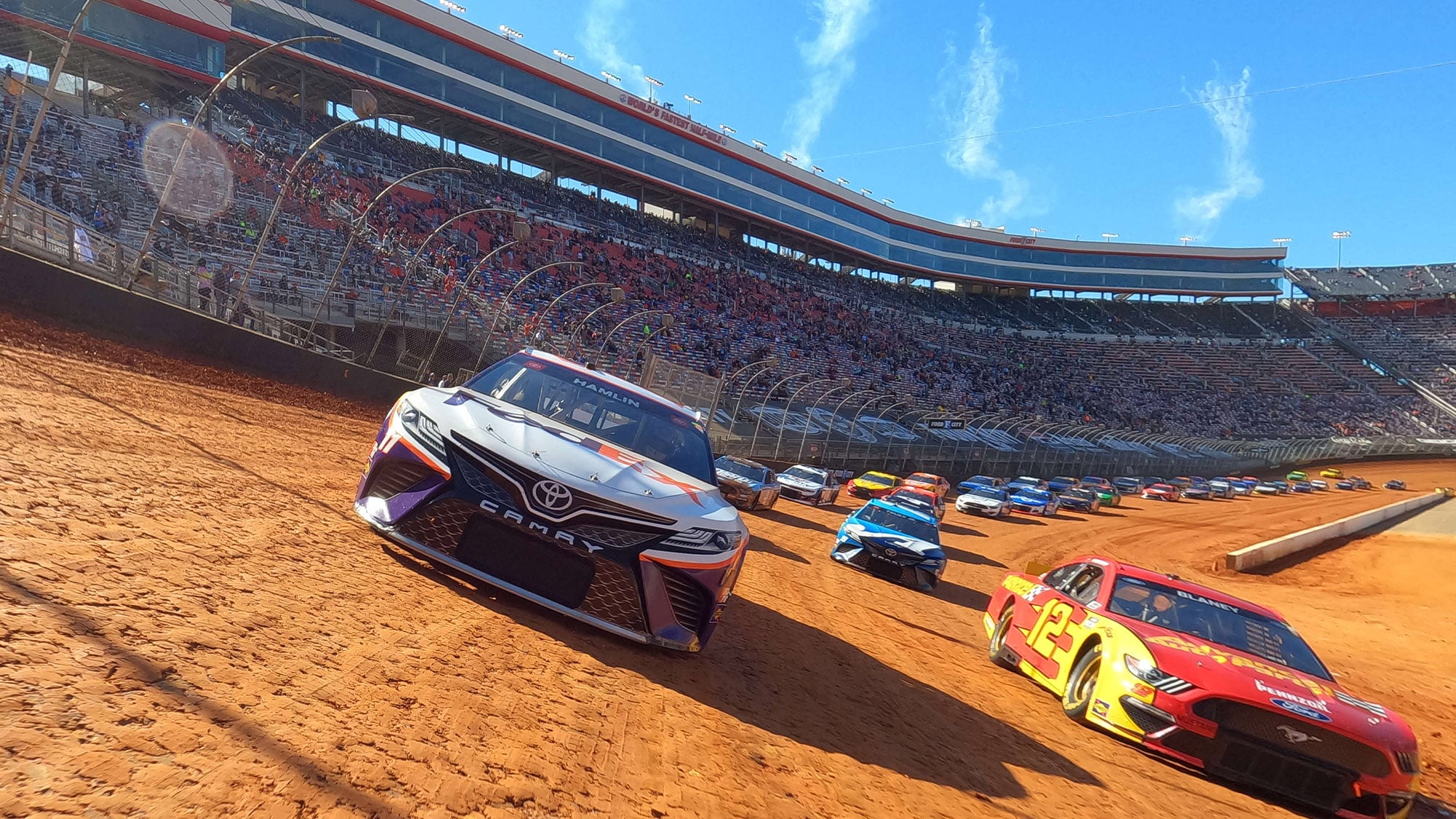
In recent years, NASCAR has been transforming its traditional format, bringing variety and excitement back to the sport. With innovations like road courses, stadium circuits, and a return to dirt tracks, NASCAR is diversifying its offerings to showcase driver skill and engage new audiences. The latest spectacle? Dirt racing at Bristol Motor Speedway—a move steeped in nostalgia and packed with engineering challenges.
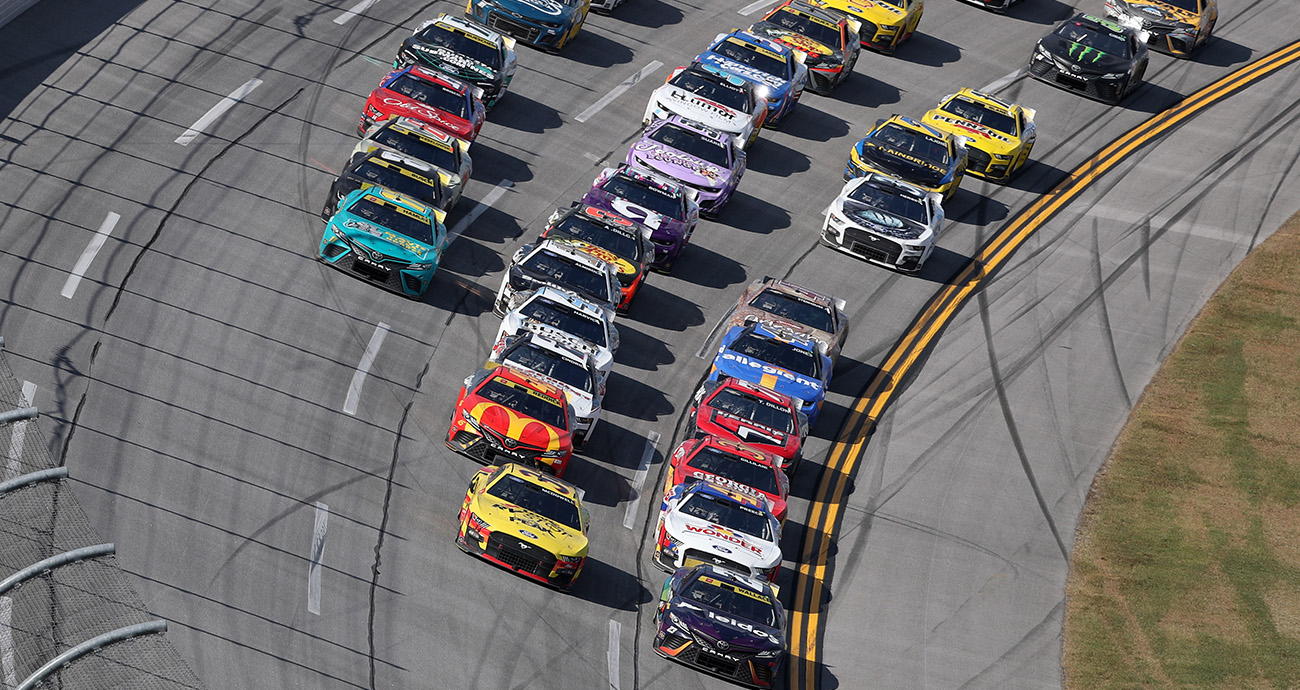
Next-Gen Cars: The Foundation of Change
A cornerstone of NASCAR’s evolution is the introduction of next-gen cars. These vehicles represent a significant departure from the stock cars fans are used to. With improved aerodynamics, increased downforce, and independent rear suspension, these cars are engineered for versatility beyond the oval. Key technical upgrades include sequential gearboxes, centre-lock wheel nuts, and larger brakes, enhancing both performance and cost-efficiency.
The aim of these changes is twofold: to lower costs and attract more manufacturers to the sport. These next-gen cars are now capable of racing not just on ovals but also on road courses, dirt tracks, and even international circuits like Le Mans.
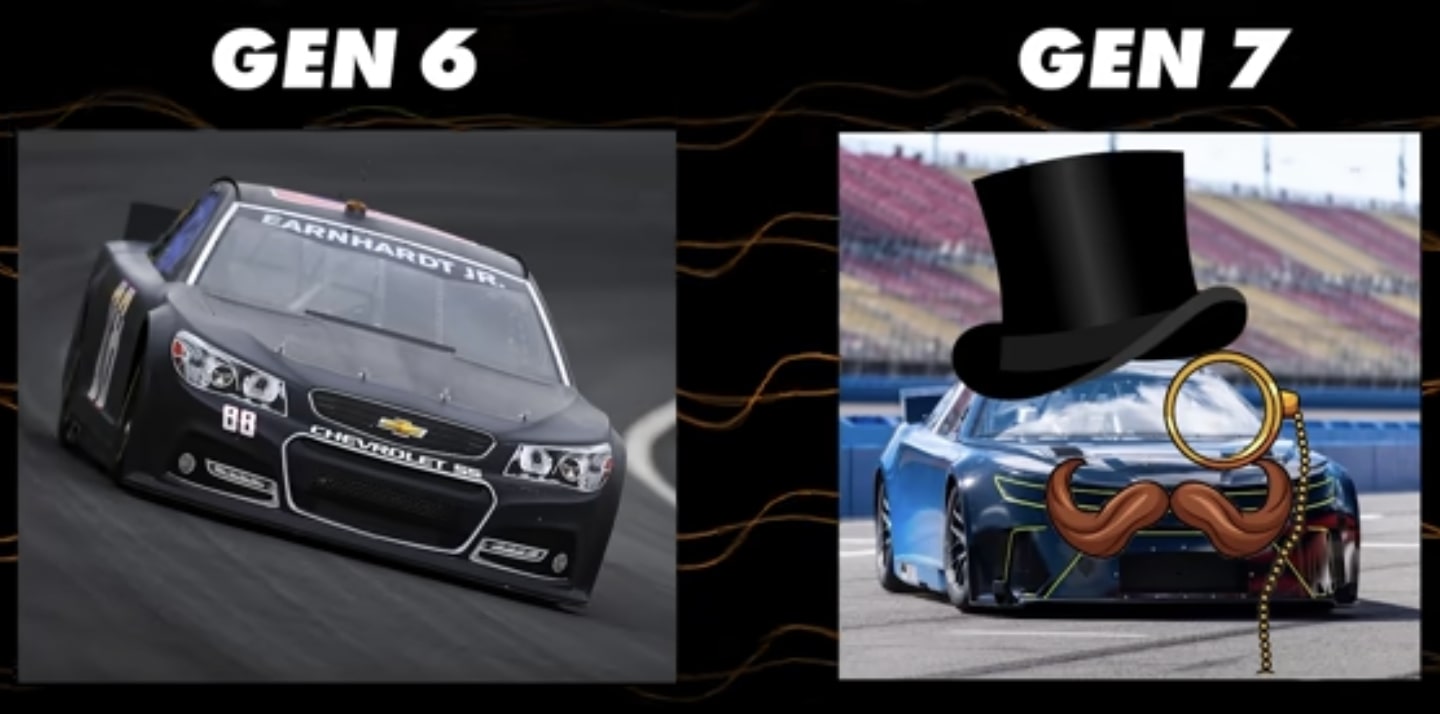
From Ovals to Diverse Tracks
Gone are the days when NASCAR was synonymous with oval racing. Today, the calendar is a mix of traditional and innovative venues. Road courses like Watkins Glen and the Circuit of the Americas challenge drivers with technical layouts. Meanwhile, unconventional tracks such as the LA Coliseum and Chicago’s street circuit introduce tight, high-pressure racing environments.
The LA Coliseum, for example, features a quarter-mile track within a football stadium, demanding precise throttle control and quick decision-making. Similarly, the dirt track at Bristol brings a unique dynamic to the series. Drivers must adapt to rapidly changing conditions, balancing their cars on loose surfaces while maintaining competitive lap times.
The Dirt Racing Revival
NASCAR’s return to dirt racing at Bristol is both a nod to its origins and a bold step forward. After 70 years without a dirt race in the top series, the sport has embraced the challenge of adapting next-gen cars for this demanding surface. Transforming Bristol’s concrete track into a dirt oval required 2,000 truckloads of specially formulated Tennessee clay, meticulously layered to achieve the ideal balance of grip and durability.
Adapting next-gen cars for dirt involved only minor modifications, such as specialised tires and grill covers to manage debris. Unlike traditional dirt oval cars, which are highly customised with asymmetric setups and staggered ride heights, NASCAR’s vehicles relied on simpler adjustments. Drivers utilised throttle control as their primary tool, initiating controlled slides to maximise cornering speed.
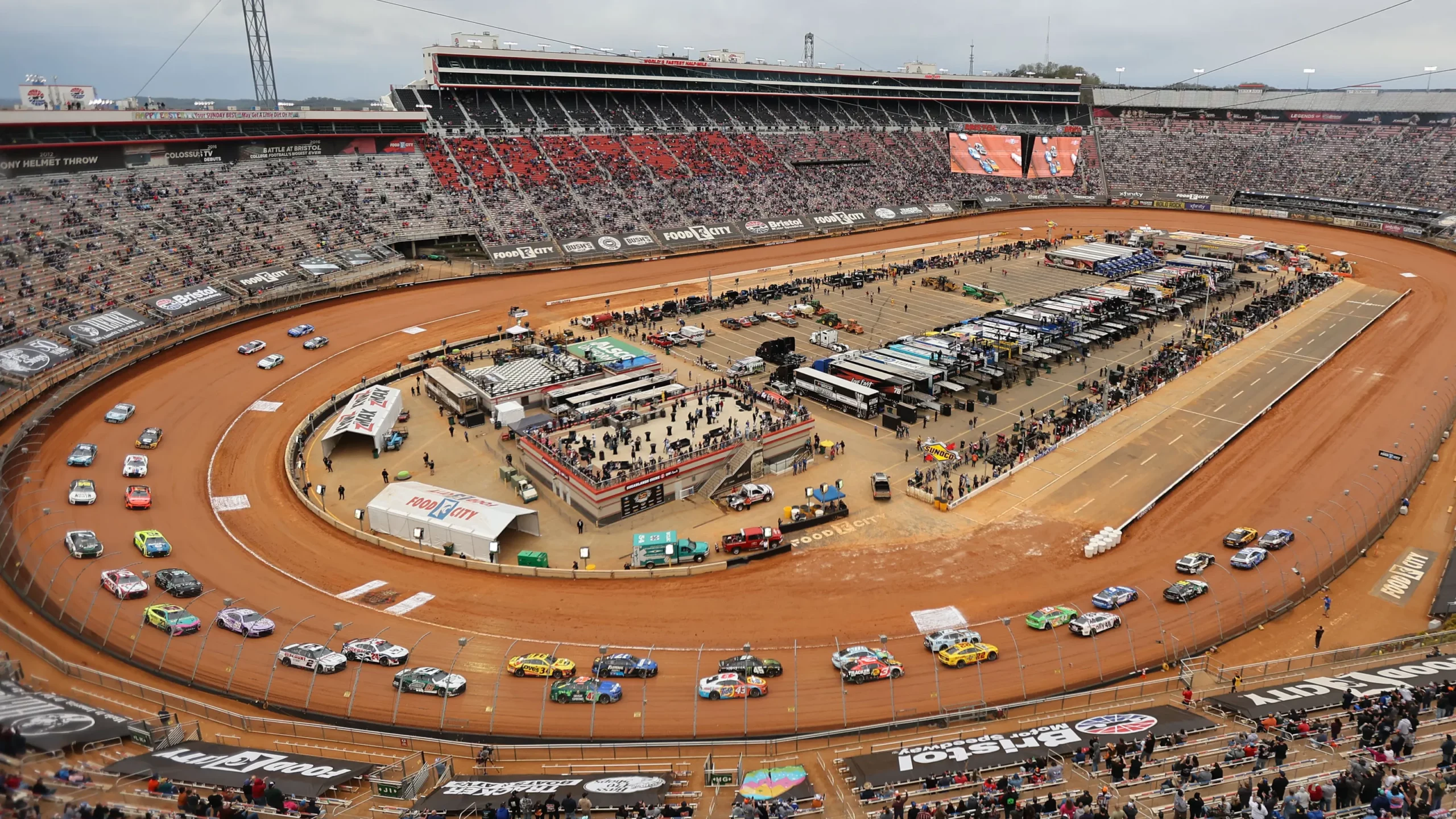
Challenges and Innovations
Racing on dirt is far from straightforward. The track surface evolves throughout the race, requiring drivers to continuously search for grip. Initially, the dirt is tacky and offers traction, but it quickly becomes slick, forcing competitors to adapt their lines.
Visibility was a significant issue during initial races. Drivers struggled with dirt clogging radiators and obscuring windshields, leading to frequent pit stops. Over time, teams refined their strategies to manage these challenges, resulting in tighter and more competitive racing.
The absence of green-flag pit stops adds another layer of complexity. Races are divided into stages, with mandatory caution periods allowing teams to refuel and change tires without losing track position. This format ensures that battles for the lead are intense throughout the race, rather than just at the finish.
Why It Works
NASCAR’s shift towards dirt racing and diverse tracks is proving successful. Viewership numbers for events like the Bristol Dirt Race have been steadily rising, showcasing the appeal of these innovations. Fans are drawn to the unpredictable nature of dirt racing, where skill and adaptability are paramount.
Moreover, the use of next-gen cars highlights NASCAR’s commitment to modernising the sport while maintaining its core identity. These vehicles bridge the gap between tradition and innovation, enabling NASCAR to compete on the global motorsport stage.
The Future of NASCAR
With dirt racing, road courses, and international events now part of its DNA, NASCAR is positioning itself as a versatile and engaging motorsport. The success of these initiatives suggests that the sport will continue to evolve, embracing challenges that highlight the talent of its drivers and the ingenuity of its engineers.
For motorsport fans, these changes signal an exciting era for NASCAR—one that honours its heritage while boldly exploring new horizons.




